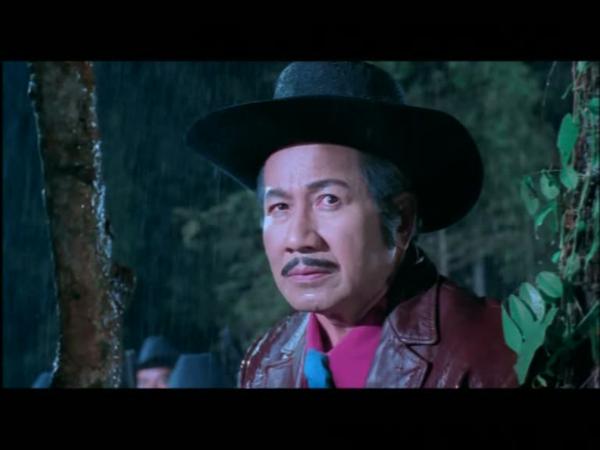Tears of the Black Tiger
aka Fah talai jone aka ฟ้าทะลายโจร
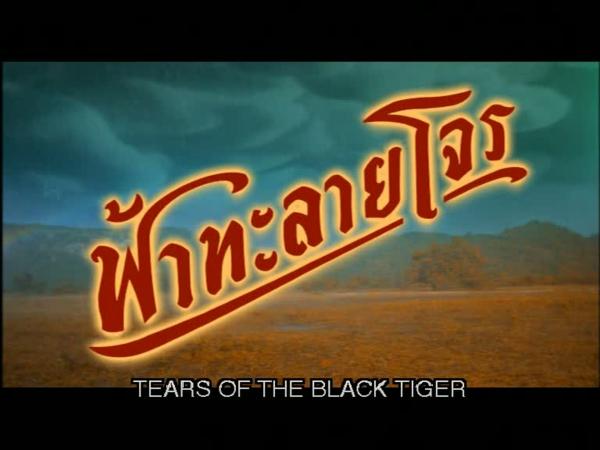
2000![]()
Written and directed by Wisit Sasanatieng

Tears of the Black Tiger was one of those films that you’d hear about for years, buzz would be awesome, but it was impossible to find a copy. Between the Weinsteins sitting on their version (which they then drastically cut) and other international versions also being edited, the only real way to see it was via imported Thai DVD. But Tears of the Black Tiger is well worth the effort to track down, and thanks to the internet being much more developed than in 2000, it is also easier to locate copies to buy of the uncut version.
Wisit Sasanatieng wanted to do an homage to the films he loved, the 1950s and 1960s Thai films. As we learned from our travels through the Insee Daeng films (Awasan Insee Daeng, Jao Insee, Insee Thong, Insee Payong, Insee Daeng 2010), older Thai films have a color saturation that make them look unique. TotBT is both a tribute to the local flavor drama stories, and the action films featuring bandits. Set in post-World War 2 rural Thailand and featuring the bandit gangs that were a reality at the time (as also detailed in the Awasan Insee Daeng review), Tears of the Black Tiger has the look of an old west film, but it is unlike any western seen before. The vivid colors, painted backgrounds, and homages to stage productions make every frame a work of art. The editing is just the right mix of quick cuts versus longer scenes that it feels a part of the film.
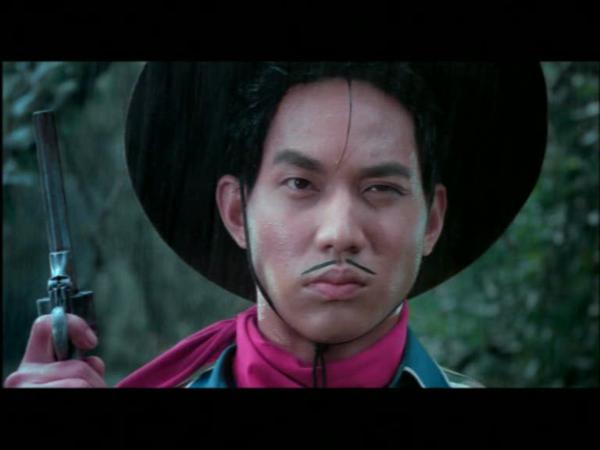
TotBT is just so different from what else is out there, it is a perfect example of why people fall in love with cinema. While I think my recent foray into the Insee Daeng films helped give me more appreciation of older Thai films, I would have liked Tears of the Black Tiger no matter when I saw it. I’m only sorry I didn’t watch it sooner. TotBT excels with neat cinematography and sets, from the painted backgrounds and color coded rooms with pastels everywhere, to the random poetry and songs to play us through scenes. Thought he pace can seem to drag at times, even that isn’t much of a problem and it is similar to slower paced Thai films from the era it is emulating.
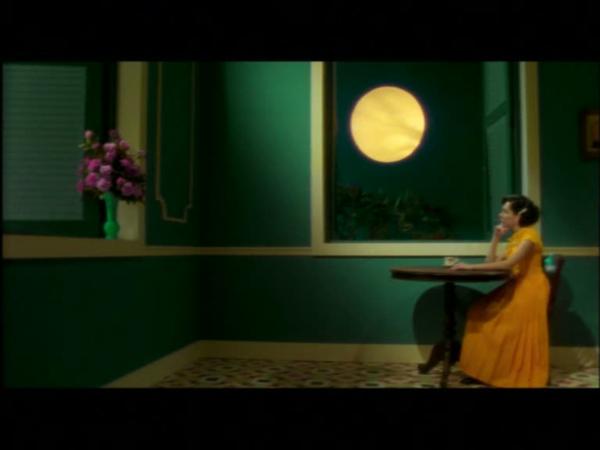
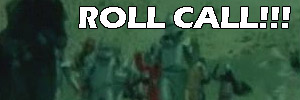
|



